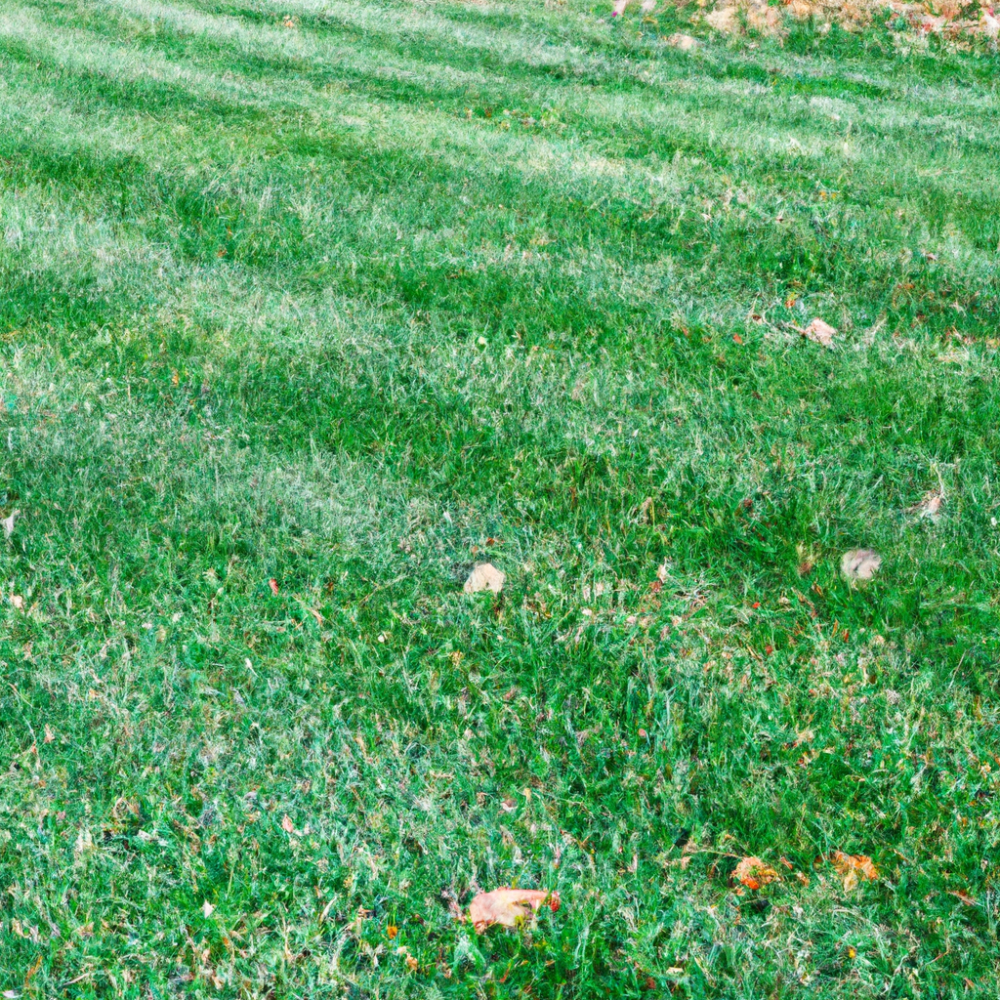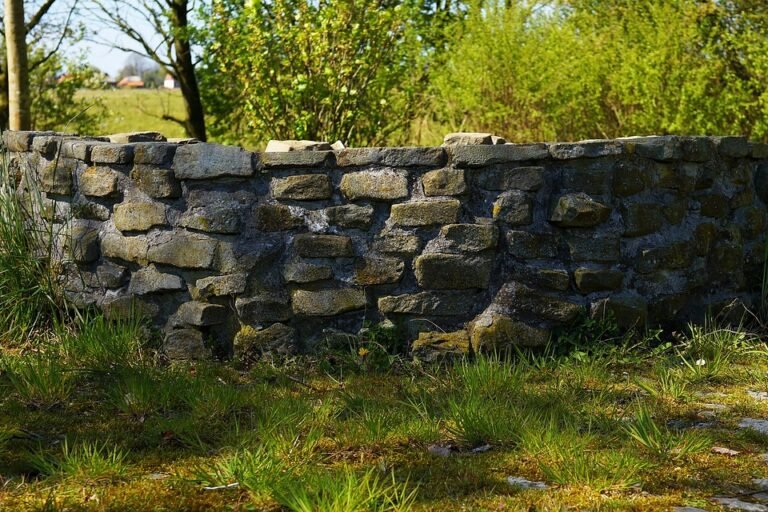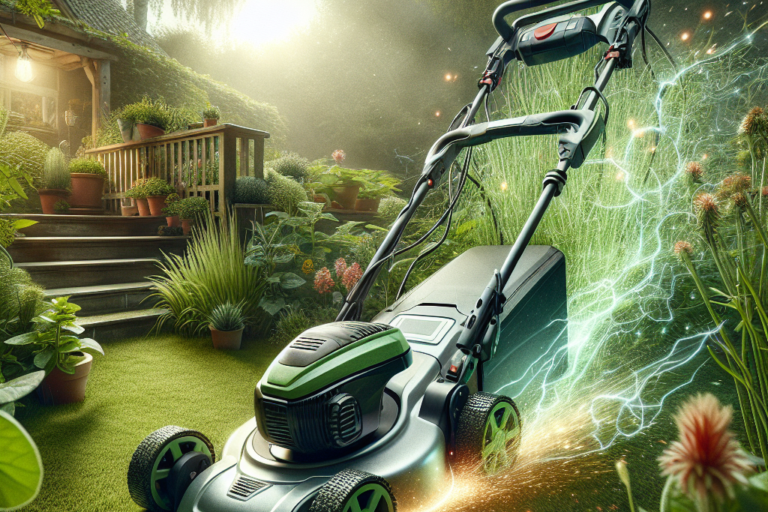Maintaining clean edges and borders in your lawn is essential for achieving a well-manicured and professional-looking yard. Uneven or overgrown edges can make even the most well-maintained lawn appear shabby. Luckily, there are a few simple tips and techniques that can help you achieve clean and defined edges that will enhance the overall aesthetics of your outdoor space. From using an edging tool to regular trimming and maintenance, this article will provide you with all the necessary information to keep your lawn looking neat and tidy.
Choosing the right tools for clean edges and borders
Having the right tools is essential for maintaining clean edges and borders in your lawn. There are several manual edging tools to choose from, each serving a different purpose.
Lawn edger
A lawn edger is a popular choice for creating sharp, clean lines along the borders of your lawn. It typically features a rotating blade that cuts through grass and separates it from surrounding areas. Lawn edgers are versatile and can be used for both straight and curved edges.
String trimmer
A string trimmer, also known as a weed whacker or a weed eater, is another useful tool for maintaining clean edges. It has a spinning nylon string that cuts through grass and weeds with ease. String trimmers are great for trimming grass along fences, pathways, and the edges of flower beds.
Garden shears
Garden shears are a handy tool for precision trimming and shaping. While they may require more effort compared to powered tools, they provide excellent control and allow you to carefully trim around delicate plants or create intricate designs.
Spade or half-moon edger
A spade or half-moon edger is a manual tool that has a semi-circular blade designed to cleanly cut grass and create defined edges. It can be used for both straight and curved edges. This tool is ideal for those who prefer a hands-on approach and don’t mind putting in a bit more physical effort.
Preparing the lawn for edging
Before you start edging your lawn, it’s important to prepare the area to ensure a clean and satisfactory result.
Marking the boundaries
Start by marking the boundaries of your lawn edges. This can be done using string, stakes, or marking paint. Clear boundaries will help you maintain a neat and consistent appearance.
Removing debris and obstacles
Remove any debris, such as fallen leaves or rocks, along the edges of your lawn. Additionally, check for any underground obstacles, such as sprinkler heads or cables, and mark their locations to avoid damaging them while edging.
Wet the soil
If your soil is dry and hard, it’s a good idea to wet it slightly before edging. This will make it easier to dig and create clean edges. Avoid overwatering, as excessively wet soil can become muddy and challenging to work with.
Straighten existing edges
If your existing lawn edges have become uneven or jagged, take the time to straighten them before proceeding. Trim away any overgrown grass or straying plants to achieve a clean canvas for your new edges.
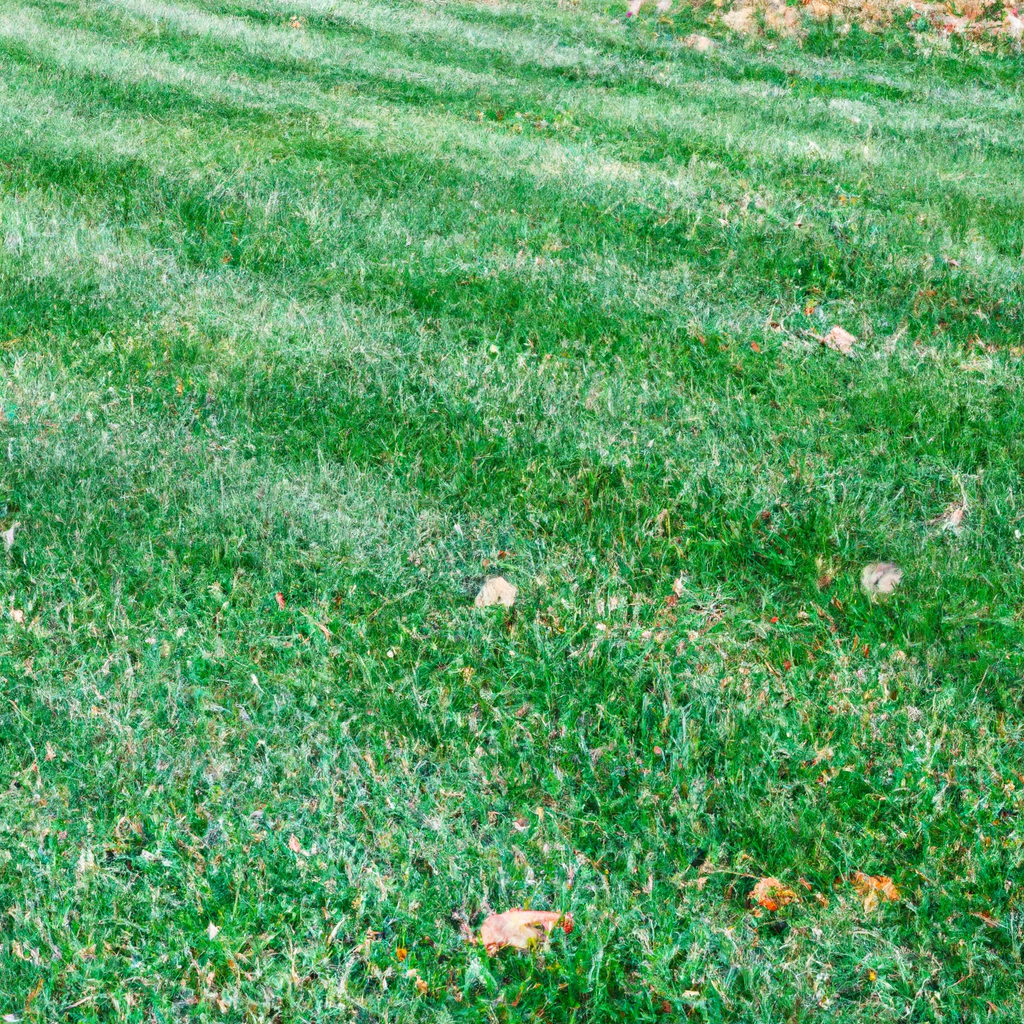
Edging techniques for clean borders
Different edging techniques can be used to achieve clean and defined borders. Consider the following methods when edging your lawn:
Straight-edge method
The straight-edge method involves creating clean, straight lines along the borders. Use a lawn edger or a spade to cut a straight edge into the grass, following the marked boundary. This technique is great for giving your lawn a well-manicured and organized look.
Curved-edge method
If you prefer a softer and more natural appearance, the curved-edge method is ideal. Use a lawn edger or a spade to create smooth, flowing curves along the borders. This technique adds visual interest and complements curved flower beds or pathways.
Angle-edge method
The angle-edge method involves creating diagonal lines along the edges of your lawn. This technique can add a unique and dynamic look to your landscape. Use a lawn edger or a spade to cut the edges at an angle, following the marked boundary.
Overlapping technique
To achieve a seamless transition between different areas of your lawn, consider using the overlapping technique. Make overlapping cuts with your edging tool as you move along the boundary. This method creates a clean and continuous edge that blends well with the surrounding landscape.
Maintaining the edges on a regular basis
Once you have achieved clean edges and borders, it’s important to maintain them regularly to keep your lawn looking neat and well-groomed.
Trimming regularly
Regular trimming is essential to prevent grass and weeds from encroaching onto the edges of your lawn. Use a string trimmer or garden shears to trim any overgrown grass or weeds along the borders. Aim to trim once every week or two, depending on the growth rate of your lawn.
Using a line trimmer
A line trimmer is a useful tool for maintaining crisp and clean edges. Run the line trimmer along the edges of your lawn to remove any stray grass or weeds and create a polished look. Be careful not to trim too close to the edges, as this can damage the grass.
Regularly checking and adjusting the lines
Over time, the lines of your lawn edges may shift or become less defined. Regularly inspect the edges and make any necessary adjustments. Use a lawn edger or a spade to redefine the edges if they have become irregular or uneven.
Re-edging as needed
If your lawn edges start to lose their sharpness or clarity, it may be time to re-edge. This involves cutting a new edge along the borders to remove any overgrown or straying grass. Re-edging will give your lawn a fresh and well-maintained appearance.
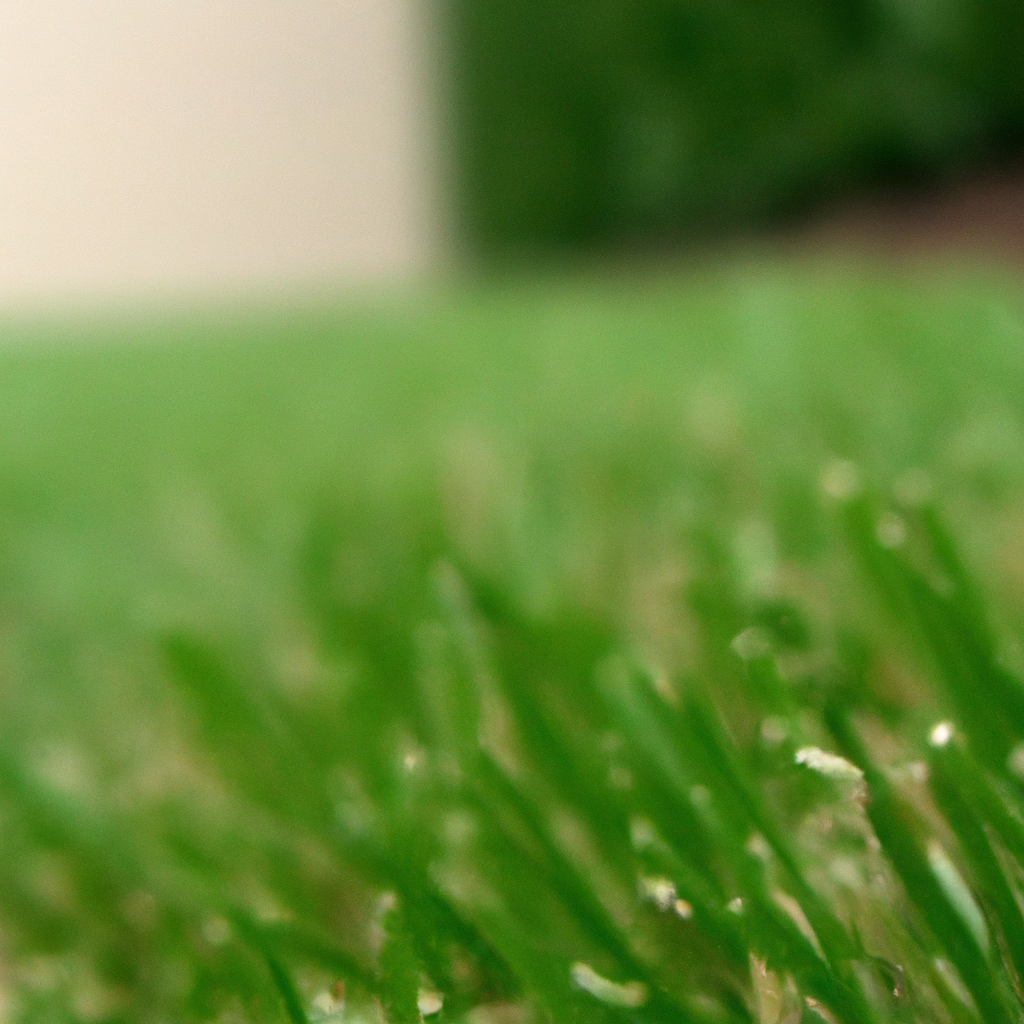
Additional tips for clean edges and borders
Consider these additional tips to enhance the cleanliness and attractiveness of your lawn edges and borders:
Using a guide string
To ensure straight and consistent edges, use a guide string along the marked boundary. Attach the string to stakes at each end, and use it as a reference for cutting straight lines with a lawn edger or spade.
Removing grass and weeds
Regularly remove grass and weeds that grow along the edges of your lawn. This will help maintain the neat appearance of your borders. Use a hand tool or garden shears to carefully pull or cut out any unwanted vegetation.
Creating a barrier
To prevent grass from spreading into flower beds or other areas, create a physical barrier along the edges. This can be done using plastic or metal edging materials or by digging a shallow trench and filling it with gravel or decorative stones.
Mulching the edges
Applying mulch along the edges of your lawn can help prevent weeds and create a clean and finished look. Choose a mulch that complements your landscape, such as wood chips or bark, and apply it in a thin layer along the edges.
Dealing with common challenges
Maintaining clean edges and borders may come with some challenges. Here’s how you can overcome them:
Uneven lawn surfaces
If your lawn has uneven surfaces, it can be challenging to create clean and level edges. In such cases, consider using a lawn edger with an adjustable blade height or a spade to carefully cut along the uneven terrain. Take your time and make gradual adjustments as needed.
Tree and plant roots
Tree and plant roots can make it difficult to create clean edges near their bases. Use a small hand tool or garden shears to carefully trim the grass around the roots. Be cautious not to damage the roots, as this can harm the plants.
Encroaching grass and weeds
Grass and weeds may grow into your lawn edges, especially if they are not regularly maintained. Apply a herbicide or use a hand tool to remove these unwanted plants. Take care to follow the instructions on the herbicide packaging to ensure safe and effective use.
Creating curves and bends
If you intend to create curved or bent edges, it may require some trial and error to achieve the desired shape. Use a garden hose or a flexible string to outline the curves before cutting. This will help you visualize the shape and make any necessary adjustments before using your edging tool.
Edging tools maintenance
Proper maintenance of your edging tools is essential to ensure they perform effectively and last longer. Follow these maintenance tips:
Cleaning and sharpening the blades
Regularly clean the blades of your edging tools to remove any grass or debris. Sharpen the blades when necessary to maintain their cutting ability. Refer to the manufacturer’s instructions for the proper sharpening technique for your specific tool.
Checking and tightening screws and bolts
Periodically inspect the screws and bolts on your edging tools to ensure they are tightened properly. Loose or missing screws can affect the performance and safety of the tool. Replace any damaged or worn-out screws or bolts as needed.
Storing tools properly
Store your edging tools in a dry and secure place to prevent rust and damage. Hang them on a wall or keep them in a shed or garage. Make sure the blades are covered or sheathed to avoid accidental cuts and to protect them from moisture.
Professional edging services
While maintaining clean edges and borders can be done independently, you may also consider hiring a professional edging service. Here are some things to consider:
Considering professional help
If you lack the time, expertise, or physical ability to maintain clean edges and borders, hiring a professional edging service can be a viable option. Professionals have the knowledge, skills, and tools to create and maintain pristine lawn edges.
Pros and cons of hiring a professional
Hiring a professional provides various benefits, including saving time and achieving precise and consistent results. However, it may come at a cost. Consider your budget and personal preferences before deciding whether to seek professional help.
Finding a reliable edging service
When choosing a professional edging service, research local companies and read reviews from previous customers. Ask for recommendations from friends or neighbors and inquire about their experiences. Look for a service that is reputable, experienced, and offers competitive pricing.
Alternative edging options
Aside from manual edging techniques, there are alternative options for creating clean borders in your lawn. Consider the following alternatives:
Brick or stone borders
Brick or stone borders can add an elegant and permanent touch to your lawn edges. They provide a clean and defined separation between your lawn and other areas. Consult a professional or research DIY tutorials to properly install brick or stone borders.
Metal or plastic edging
Metal or plastic edging is a durable and flexible option for maintaining clean edges. It comes in various styles and colors, allowing you to customize the appearance of your lawn borders. Metal or plastic edging is easy to install and provides a long-lasting solution.
Natural materials like wood or logs
Using natural materials like wood or logs can create a rustic and organic feel to your lawn borders. They are readily available and can be installed easily by digging a trench and placing the materials securely. However, keep in mind that natural materials may require more maintenance and can deteriorate over time.
Concrete or paver borders
Concrete or paver borders offer a clean and modern look to your lawn edges. They can be installed in various patterns and colors to complement your landscape. Consult a professional or follow DIY tutorials for proper installation techniques.
Conclusion
Maintaining clean edges and borders in your lawn is essential for creating a neat and well-groomed appearance. By choosing the right tools, preparing the area properly, and using effective edging techniques, you can achieve sharp and defined borders. Regular maintenance, along with additional tips and troubleshooting methods, will ensure the longevity and attractiveness of your lawn edges. Consider alternative edging options based on your preferences and the overall aesthetic of your landscape. Whether you choose to do it yourself or seek professional help, clean edges and borders will enhance the overall beauty of your lawn and create a welcoming outdoor space.
